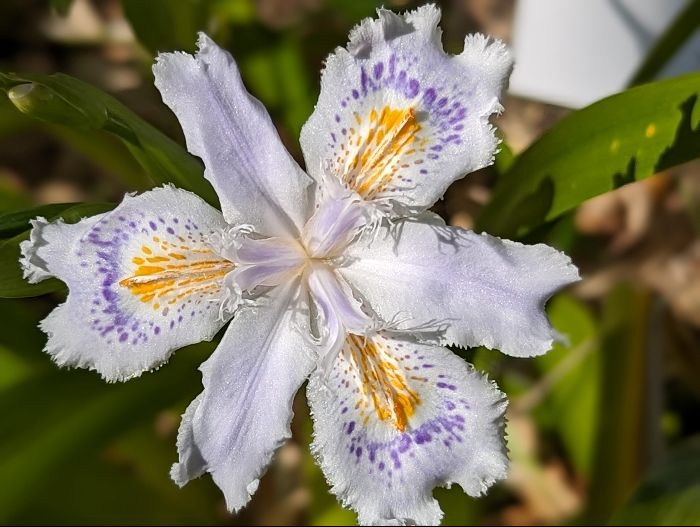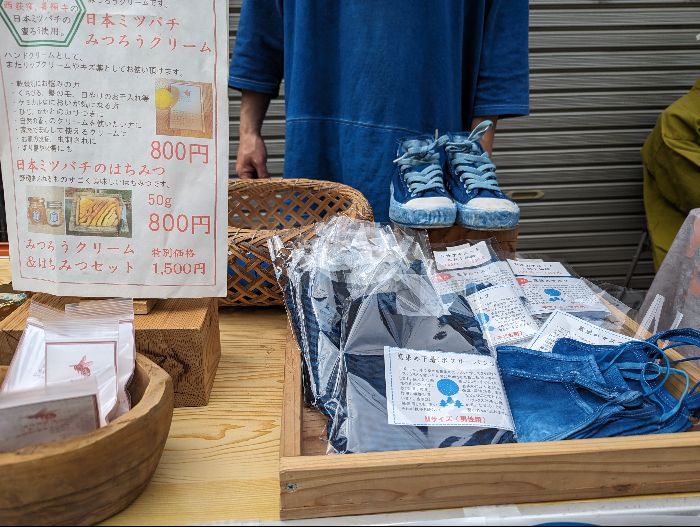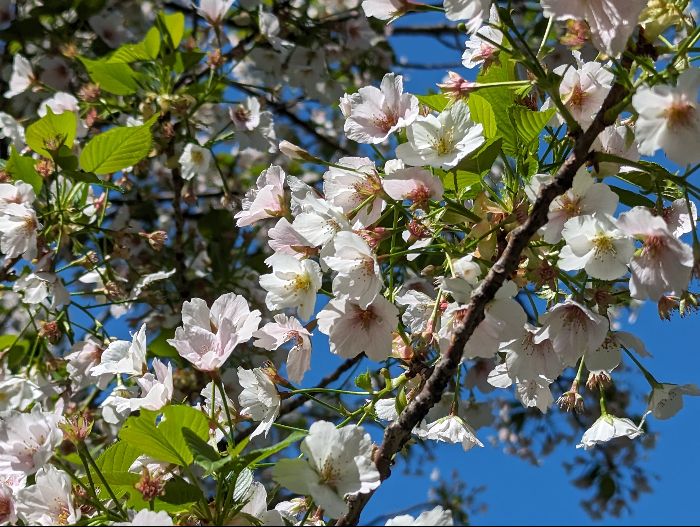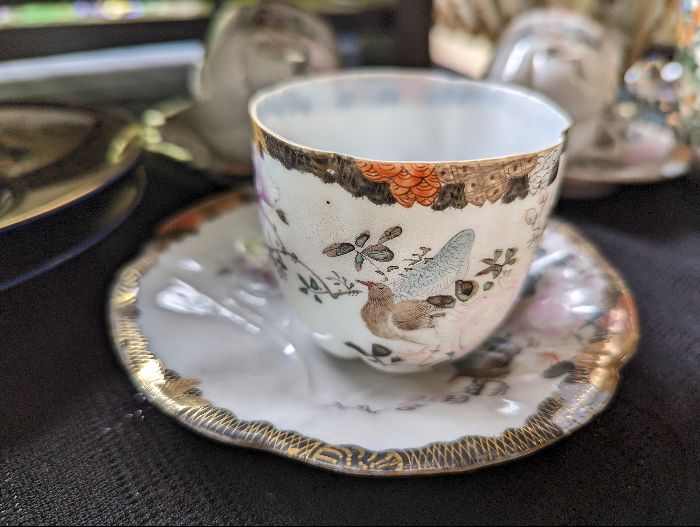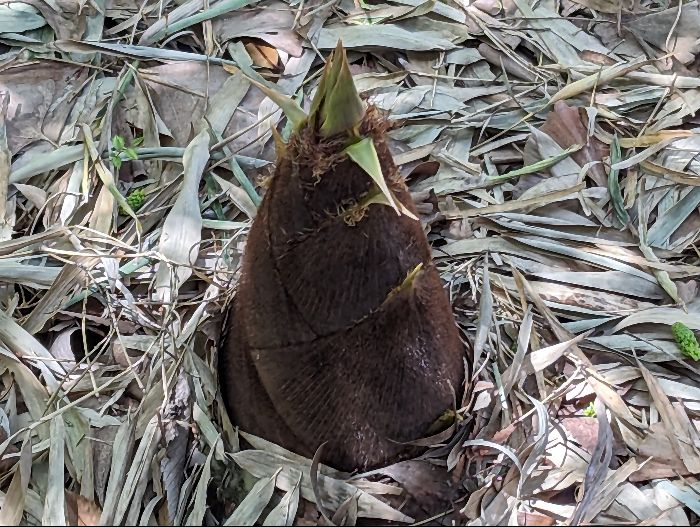Chestnuts cultivated and harvested on the well-known farm in NISHIOGI.
These fruits are gathered in in order of harvest time as listed in the note, and are sold on the premises of the farmer on several selected days from early September to mid- October.
“Tsukuba” chestnuts are most widely produced in Japan, and “Ginyose” chestnuts are ranked third in terms of cultivation area; the name “Ginyose” or literally silver gathering is believed to have come from a banknote called “Ginsatsu” or silver bill circulated in the late 18th century when the great famines happened. In those days, “Ginyose” chestnuts are said to have been tremendously sold to the people, and lots of those bills were collected in exchange.
Both kinds of chestnut are sweet enough.
Wife of the farmer suggests, “Boil first these chestnuts, and then savor them as they are. You will be satisfied with their sweetness.”
西荻の実り
西荻の名家の農園で栽培・収穫された和栗。
当園では、このメモに右から記載されている品種の順に収穫され、毎年9月上旬頃から10月中旬頃にかけて、日を決めてこの農家の一角で販売される。
筑波栗は日本の栽培面積No.1。銀寄(ぎんよせ)栗は筑波栗、丹沢栗に次いで同第3位。この栗は江戸後期の天明・寛政の大飢饉のとき大いに売れ、銀札(当時の紙幣)を集めたことで命名されたという。いずれも甘みあり。
農園主夫人「これらの栗は、まずはゆでて、そのままの味を楽しんでください。甘さしっかりです。」

